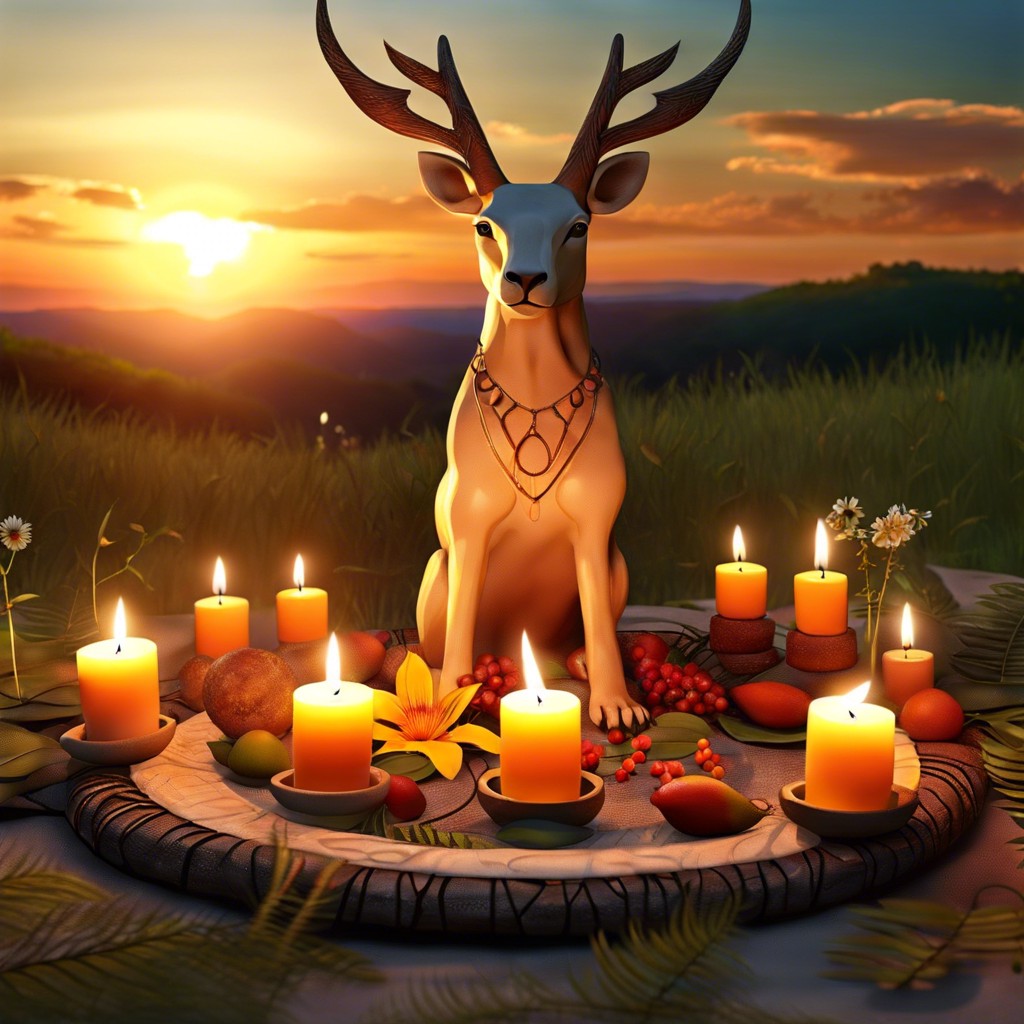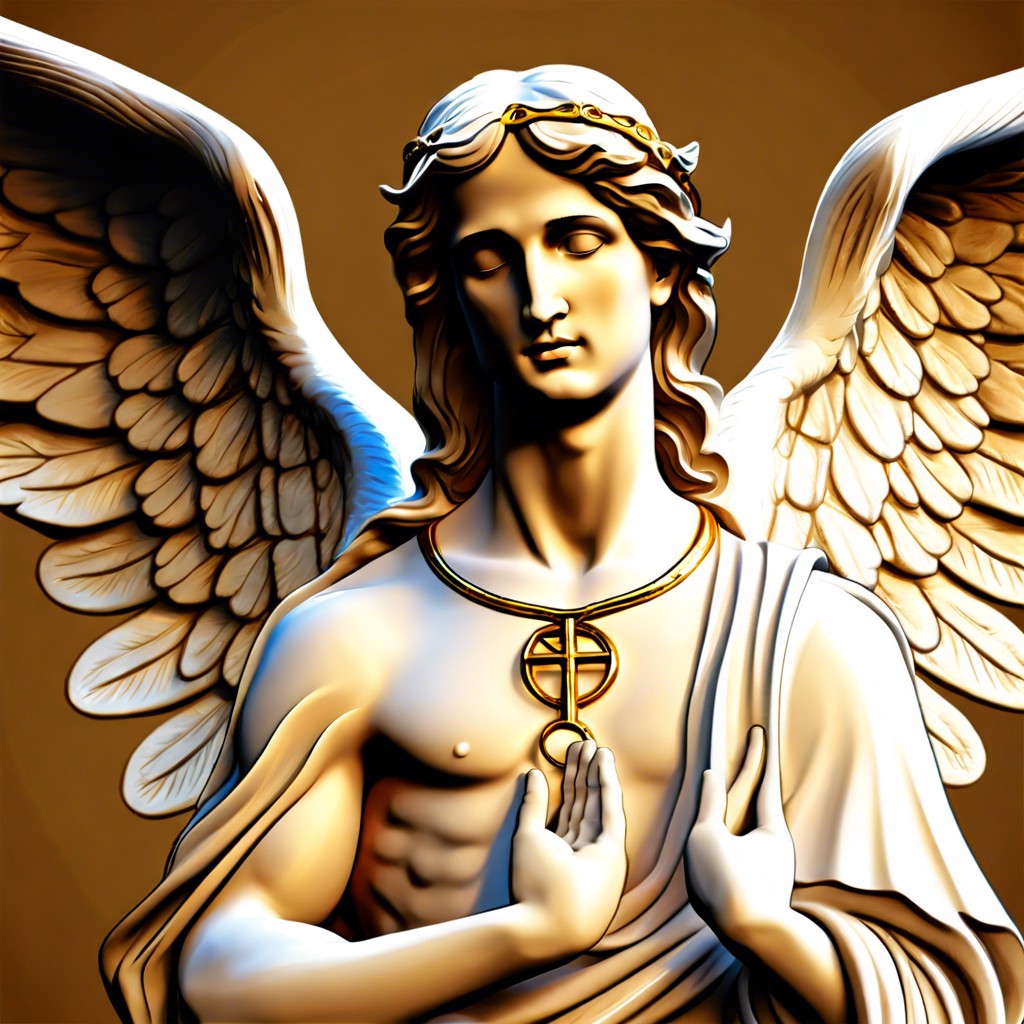The summer solstice holds deep spiritual significance, symbolizing the triumph of light over darkness and the renewal of energy and life.
The summer solstice, the pinnacle of sunlight and warmth, is steeped in historical significance and ancient traditions. It carries profound symbolism of light and darkness, aligning perfectly with cosmic and astrological events. Delving into celebratory customs and rituals, this exploration also invites personal and spiritual reflections. Discover all the depths and wonders of this celestial event.
Key takeaways:
- Summer solstice symbolizes light triumphing over darkness.
- Historical traditions worldwide honor and celebrate the solstice.
- Light signifies abundance, growth, while darkness brings balance.
- The solstice aligns with the Sun’s peak, fostering introspection.
- Celebrate with bonfires, feasts, and personal reflections for renewal.
Historical Significance and Ancient Traditions

Throughout history, the summer solstice has held immense cultural importance. For the ancient Egyptians, it signaled the imminent rise of the Nile River, a critical event for their agriculture.
In northern Europe, the solstice evolved into Midsummer celebrations, with bonfires and dancing to honor the sun’s peak. Stonehenge, a marvel of prehistoric engineering, aligns perfectly with the solstice sunrise, drawing thousands each year to witness this ancient astronomical wonder.
Native American tribes also marked the solstice, with rituals to honor the Earth and sun, using it as a time for renewal and reflection. The Druids viewed it as a moment of powerful natural alignment and spiritual significance.
These historical roots showcase the deep connection between humanity and the celestial cycles, a bond that transcends time and culture.
Symbolism of Light and Darkness
Light, at the peak of summer, symbolizes abundance, growth, and vitality. It’s a period when the sun is at its strongest, and this energy is often associated with clarity, enlightenment, and heightened consciousness.
Darkness, although minimal during the solstice, represents the balance needed in life. It’s a reminder that even in times of great light, introspection and the unseen aspects of ourselves are also valuable.
This duality encourages a harmony between outward activity and inner reflection. It nudges us to celebrate our accomplishments while contemplating areas for growth.
In many cultures, the interplay of light and darkness during the solstice embodies the eternal cycle of life, death, and rebirth. This perspective fosters a deeper appreciation for both day and night, urging us to find meaning in each phase.
Astrological and Cosmic Alignments
During the summer solstice, the Sun reaches its highest point in the sky at noon, resulting in the longest day of the year. This celestial event marks a key transition in the cycle of the seasons. It’s a moment when Earth’s axial tilt is most inclined towards the Sun.
Astrologically, the summer solstice occurs when the Sun enters the zodiac sign of Cancer. This alignment is associated with the themes of home, family, and emotional nurturing. It’s a powerful time for introspection and setting intentions.
This period is also linked with fertility and growth. Many cultures honor the solstice as a time to celebrate the abundance of nature and personal potential. The positioning of the Sun enhances energies related to creativity, passion, and inner illumination.
Ancient civilizations, like the Druids and the Egyptians, paid close attention to these cosmic movements, building structures like Stonehenge and the pyramids to align with the solstice. These alignments highlight humanity’s long-standing connection to the cosmos and our reverence for the rhythms of nature.
Celebratory Customs and Rituals
In many cultures, gatherings and festivals mark this occasion. Bonfires are lit to honor the sun’s energy, encouraging it to return with its strength throughout the year. Dancing around the fire symbolizes joy and community, binding people together with a common purpose.
Crafting floral wreaths and crowns is another widespread custom. Often made from herbs and flowers, these adornments not only celebrate nature’s bounty but also provide a sense of protection and healing.
Feasts featuring seasonal fruits and vegetables are common, symbolizing the abundance and gratitude for the earth’s provisions. Sharing meals fosters a deeper connection with loved ones and the natural cycles of life.
In some traditions, people stay awake all night, waiting for the sunrise. This vigil connects participants to the rhythms of nature, providing moments for reflection and meditation.
Each of these customs and rituals offers unique ways to celebrate the balance and beauty of the sun’s journey.
Personal and Spiritual Reflections
Embracing the summer solstice can offer a time of personal growth and deep reflection. Its energy encourages us to honor our inner light. This period invites us to step boldly into our personal power, harnessing the sun’s peak energy to fuel our intentions for the coming months.
Reflect on achievements and set new goals. The solstice is an ideal time for shedding past limitations. Embrace the abundance of light to clarify and focus on your life’s path.
Consider practicing gratitude. With the sun at its zenith, recognize the abundance in your life. Acknowledge the blessings you’ve received and the progress you’ve made.
Engage in grounding activities. Spending time in nature, meditating, or simply basking in the sunlight can help align your spirit with the rhythm of the cosmos. This creates a flow of energy that supports your journey ahead.





